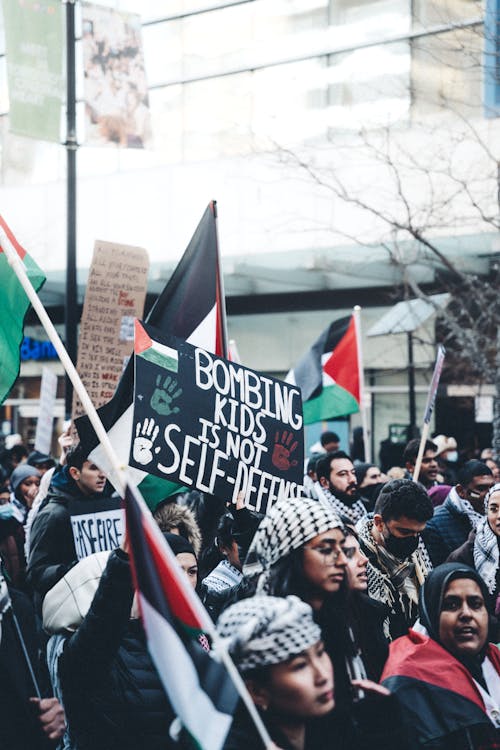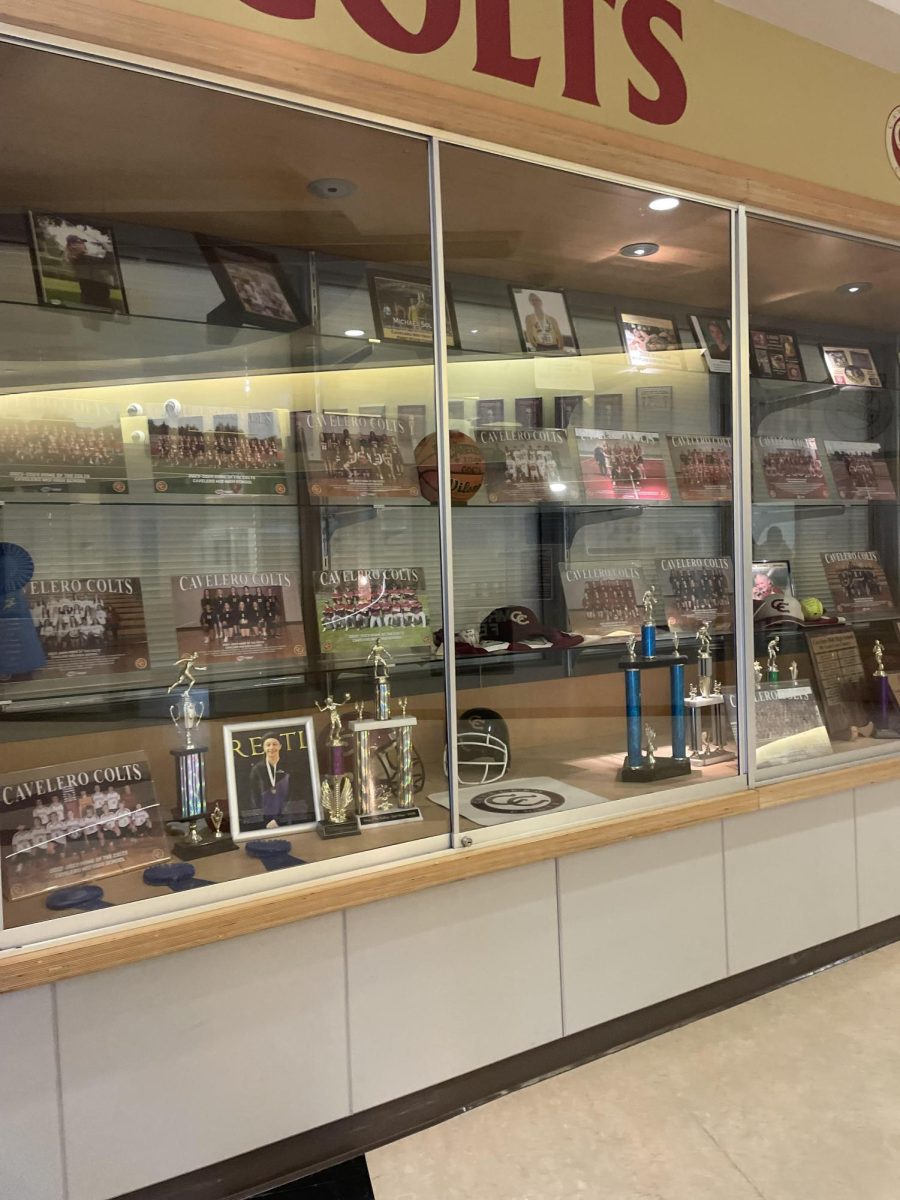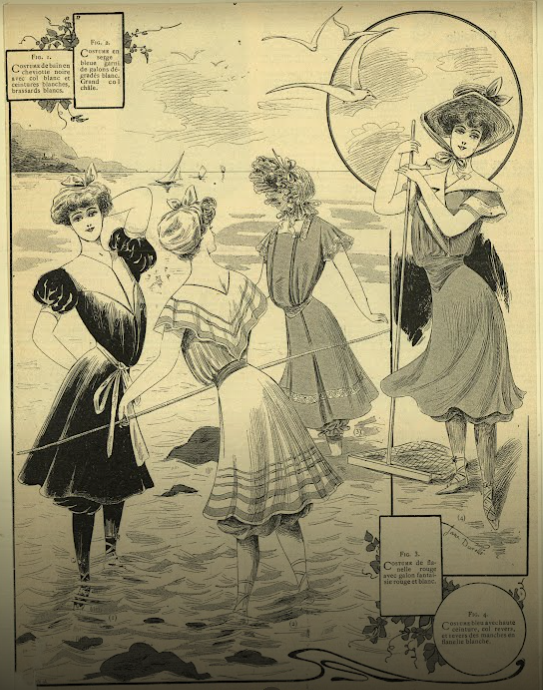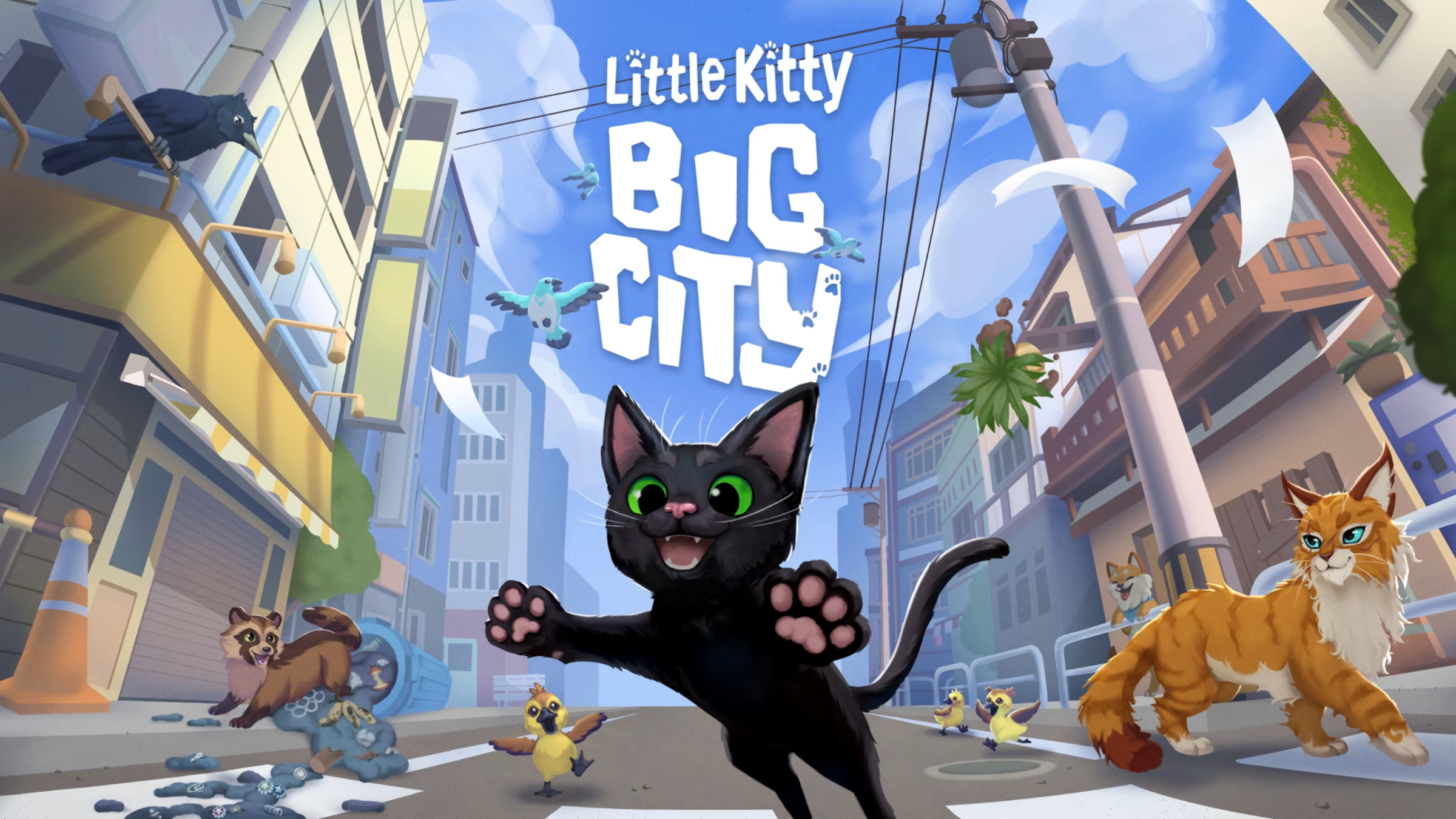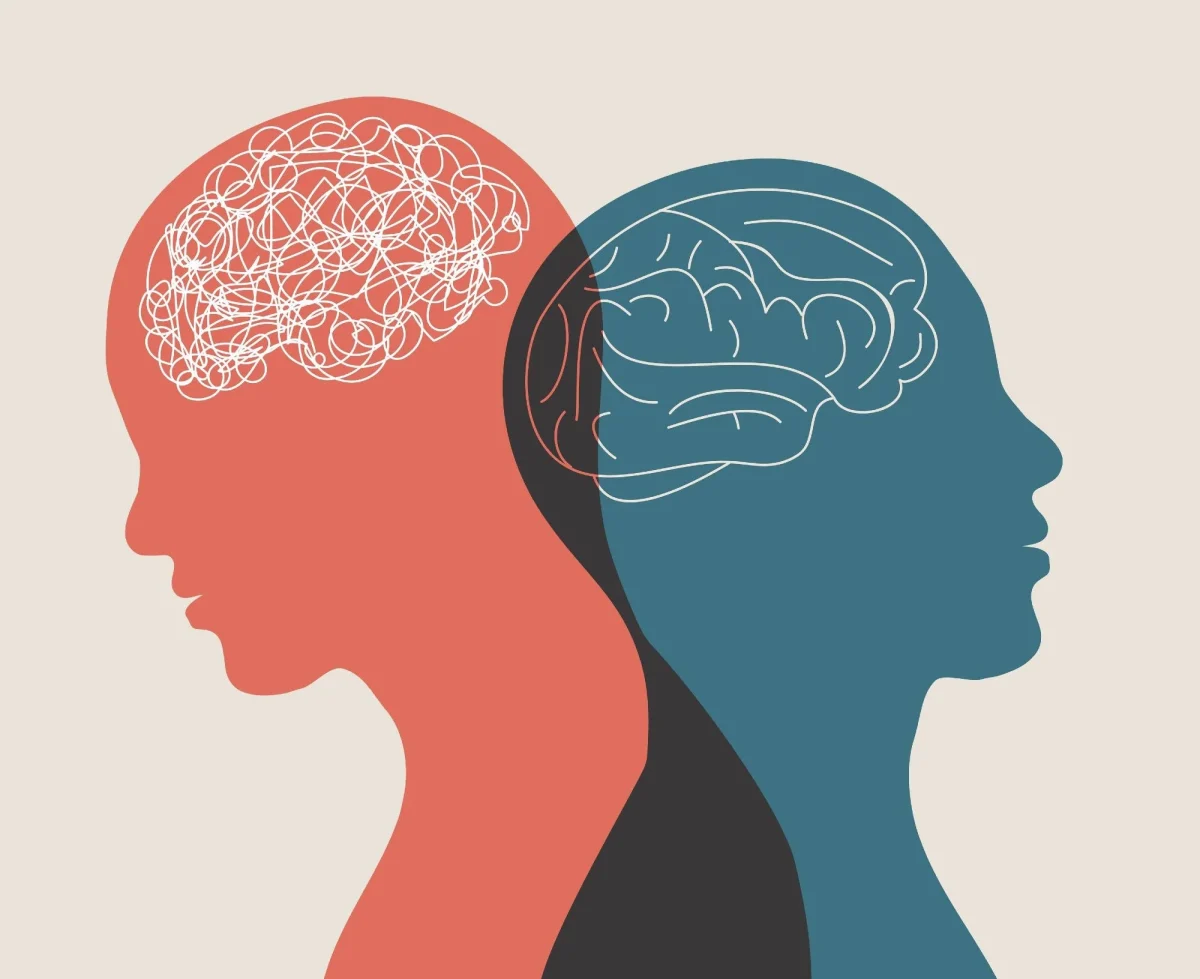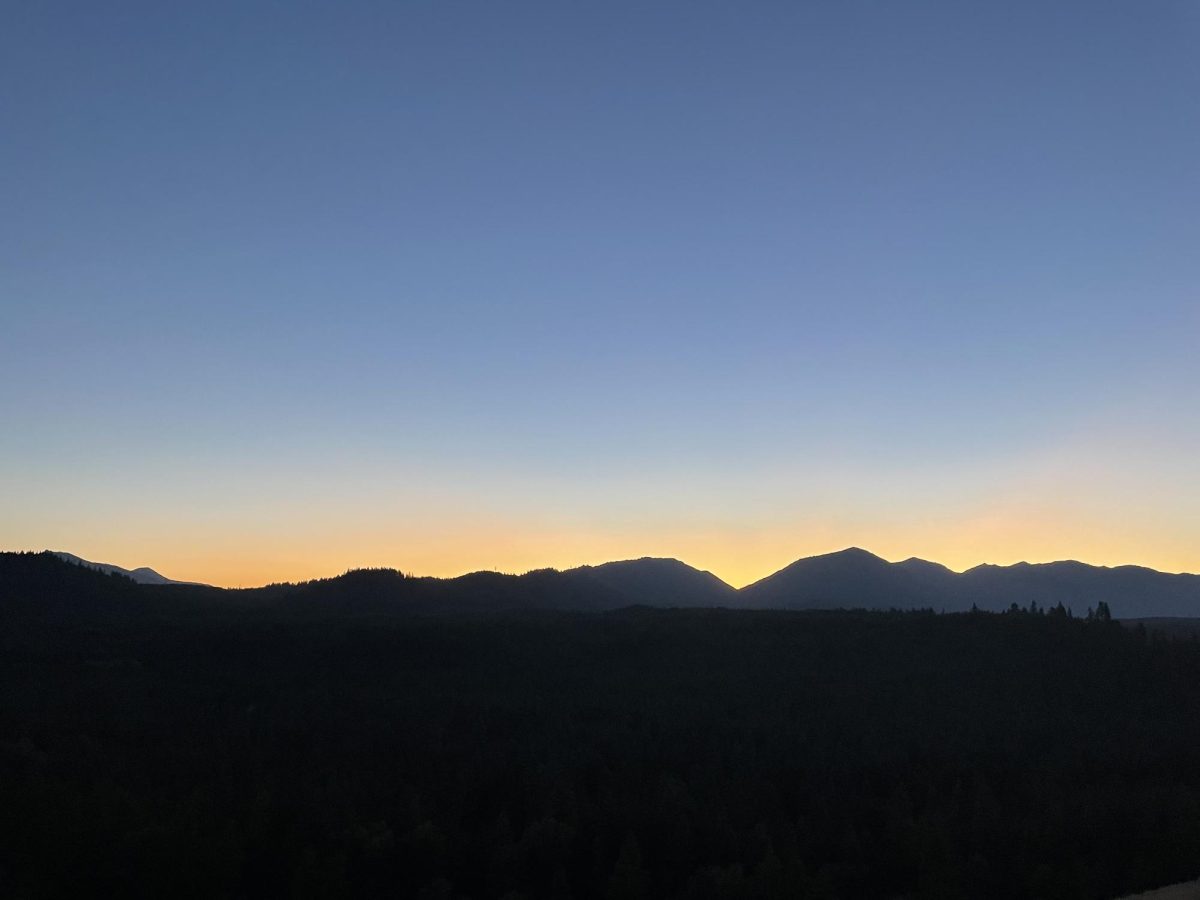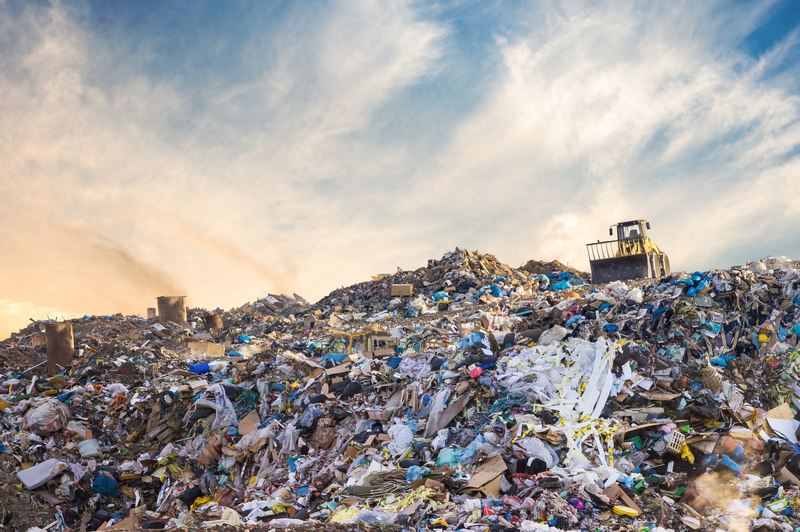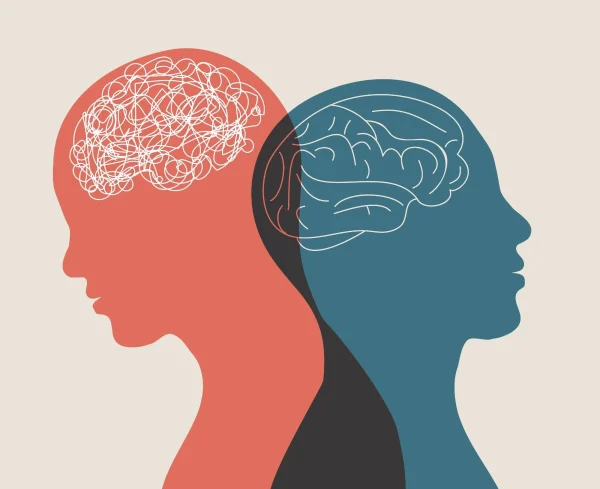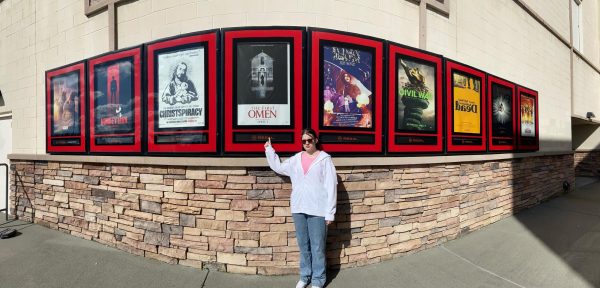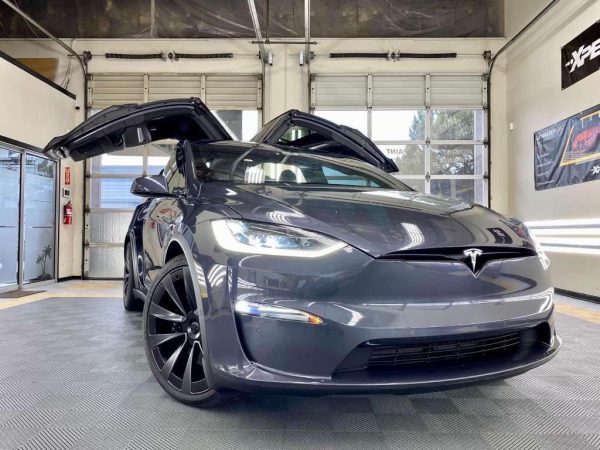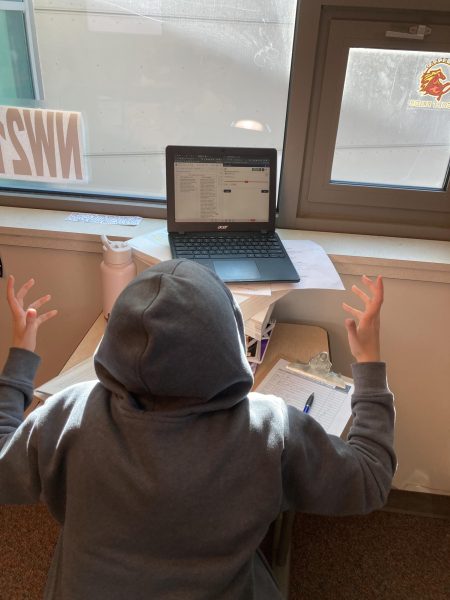Expensive Baby Clothes Are A Waste Of Money
March 3, 2023
Buying expensive clothing for your kids does seem appealing, but being the largest polluters in the industry, should we really be putting our environment in those conditions? Think about how quickly newborns outgrow their clothes. Parents, grandparents, and family friends all seem to enjoy buying fun-size, cute outfits to dress and spoil their babies in. While many people may see this as a waste of money, others are at peace to spend more for brand recognition or a distinctive design, but at what cost?
Fashion has a catastrophic impact on our environment, creating massive amounts of pollution, waste, and greenhouse gasses annually. A couple weeks go by before they grow bigger and end up not being able to fit into their cute leather jacket with matching flashy boots. Having money and wanting to buy your kids comfortable, stylish clothing is understandable but an excessive amount is just unnecessary.
Infants growing as much as seven sizes in a two year period is proof of this segment’s significant contributor to the fashion industries’ waste issues. Each American household spends an average of $1,000 on baby clothes each year which doesn’t sound like an excessive amount but looking at the general landfill coming from textiles alone each year, being over 75% of the US waste stream.
Look at the bigger picture, nearly 20% of sewerage worldwide comes from fabric dyeing treatments. Total fiber inputs used for clothing incorporates 87% all being disposed of or incinerated into landfill. The entire fashion industry is held accountable for 10 % of all yearly global carbon leaks. Buying smaller amounts of clothing of higher quality or thrifting/donating clothes to be thrifted are valuable ways to help the environment and contribute to change. Considering it not only saves resources for manufacturing new clothing items, but also prevents fabric waste piling up inside of landfills.
The impact fashion has on society is mostly viewed as a strain but it has a positive influence in the world as well; it is portrayed by showing the different identities in eras and maps out how people present themselves. Bettering the environment and finding solutions to our issues boosts community development which could help open our eyes to other matters. Whether they relate to clothing or the effect of pollution, it’s a step closer to a broader image.


